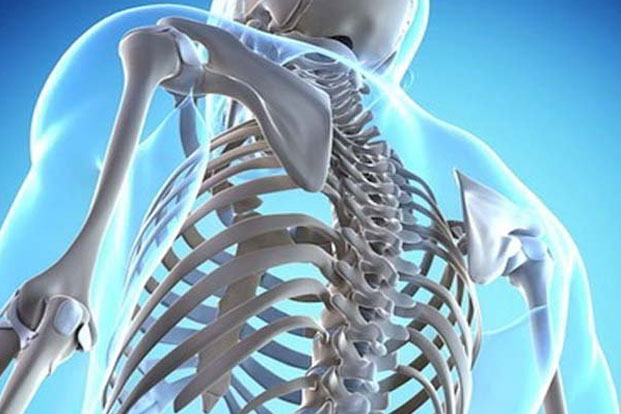Categories
- Bariatric Surgery (11)
- Black Fungus (5)
- Bone Marrow transplant (3)
- Brain Tumor Surgery Navigation Technology (20)
- Cardiac Surgery (66)
- Cardiology (97)
- Computer navigation technology for joint replacements (20)
- Covid Vaccination (17)
- Critical Care (2)
- Dental (19)
- Dermatology (31)
- Dialysis Support Group - “UTSAAH” (11)
- Dietitian (33)
- Emergency Medicine (4)
- Emotional Health (11)
- Endocrinology (33)
- ENT (20)
- Gastroenterology and GI Surgery (53)
- General and Laparoscopic Surgery (21)
- General Surgery (4)
- Gynecology & Obstetrics (183)
- Hematology (20)
- Internal Medicine (294)
- Kidney Transplant (50)
- Kidney Transplantation (20)
- Lung Cancer (8)
- Minimal Invasive Surgery (1)
- Mother & Child (20)
- mucormycosis (5)
- Nephrology (61)
- Neurology (147)
- Neurosurgery (68)
- Nutrition and Dietetics (107)
- Omicron Variant (1)
- Oncology (288)
- Ophthalmology (10)
- Orthopaedics & Joint Replacement (86)
- Paediatrics (59)
- Pediatric Nephrology (3)
- Physiotherapy (5)
- Plastic & Reconstructive Surgery (6)
- Psychiatry and Psychology (90)
- Psychologist (28)
- Pulmonology (72)
- Rheumatology (13)
- Spine Services (21)
- Transradial Angioplasty (16)
- Urology (84)
Query Form
Posted on Apr 19, 2022
What Is a Spinal Cord Injury?
The spinal cord is the continuation of the brain. It starts at the junction of the head with the neck. It further extends in a bony canal which is present within each vertebra. This canal is present throughout the vertebral column. The spinal cord extends till the junction of lumbar 1 and lumbar 2 vertebrae. Beyond this only nerve, rootlets called as cauda equina extends. The spinal cord is made up of neurons or cells and nerve fibers. The neurons act as intermediate relay centers which help in relaying signals from the brain to respective peripheral nerves and in reverse direction. The nerve fibers act as cables carrying signals from the brain to peripheral target organs and carrying sensation from the periphery to cells in the brain. As this spinal cord passes through each vertebra, it gives out a couple of branches at each level – meant for right and left side of body.

What are common causes of spinal cord injury?
Most common cause of injury is trauma. Trauma- vehicular or fall can result in fracture or dislocation of the vertebra. Bony fragment or intervertebral disc can lead to compression of spinal cord. Other causes include – infection, tumor, vascular insult, deformity of long standing duration – kyphosis and kyphoscoliosis.
What are the effects of spinal cord injury?
In an event of trauma, there occurs mechanical injury to the neural elements which is followed by a various inflammatory process of the body. The chemical released also adds to secondary injury. Further movement at the injury level leads to secondary injury to cord. As the cord suffers injury the recovery depends on the degree of impact and presence of a secondary insult. In most of the traumatic cases, this injury is permanent in nature. Few lucky individuals have incomplete cord injury leading to only temporarily shut down of cord function which recovers eventfully. This temporary period is called as spinal shock.
Depending on the level of injury, the neurons gets damaged. Hence all the nerves below the level of injury stops functioning. Hence the person has difficulty in moving the limbs and having sensation below the level of injury. For example if the injury level is cervical vertebra C5 – C6 level, the person will have all the nerves c6 downwards affected. In case of permanent injury the arms, forearm, hands and legs movement and sensations will not be present. Also patient will not have sensation and control over urine, stool and sexual function.
In case of deformity or tumor tissue causing spinal cord injury, the injury occurs over a period of time due to slowly increasing compression and alteration in vascularity. The spinal cord can get stretched out and subsequently have permanent damage leading to myelomalacia.
In usual scenario, spinal cord injury is synonymous with acute injury sustained due to some trauma. Hence it is advised that you take care of yourself and prevent any falls trauma or injury that can cause a spinal injury.



